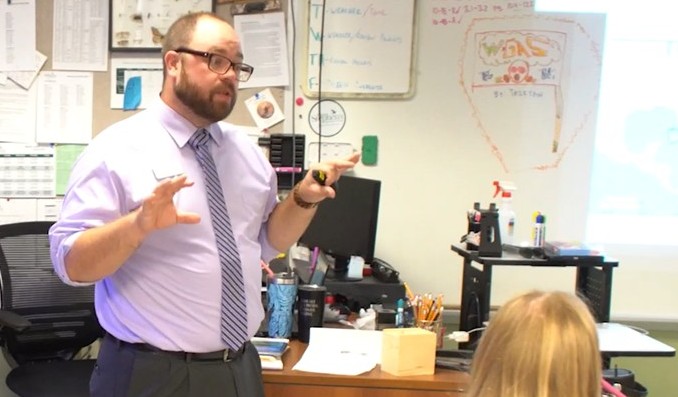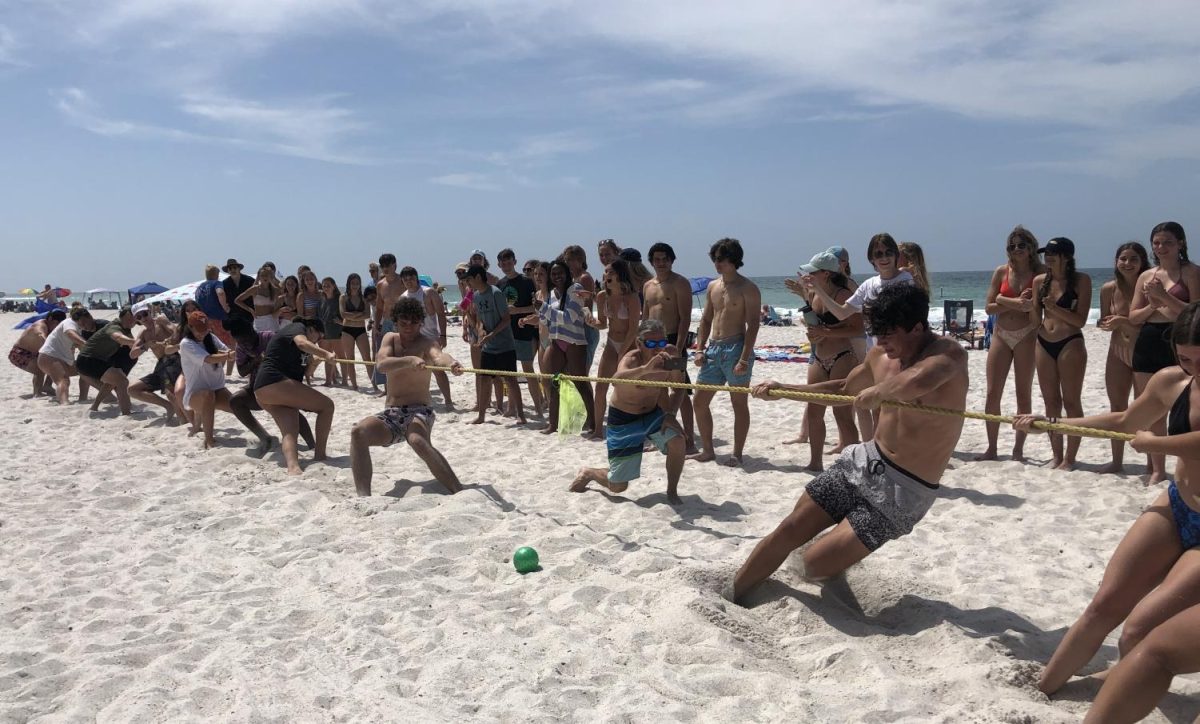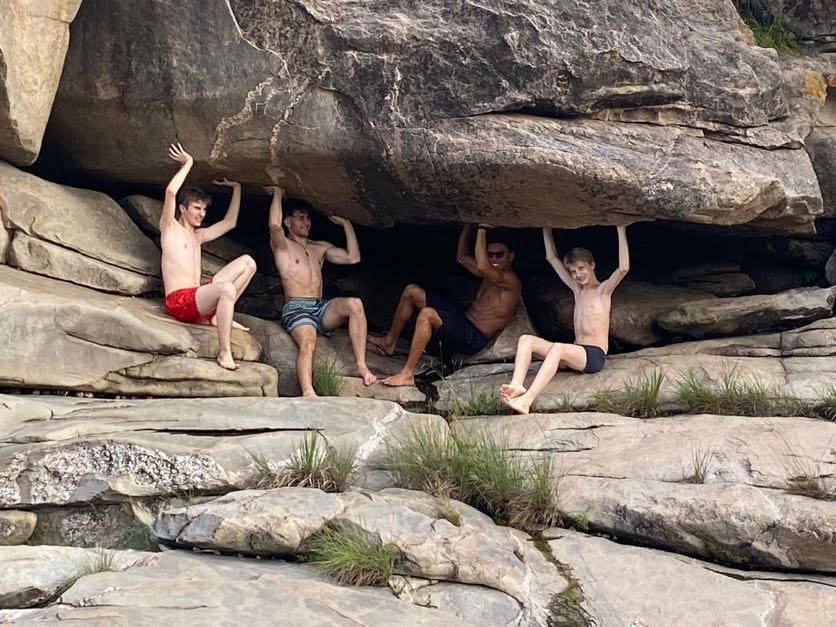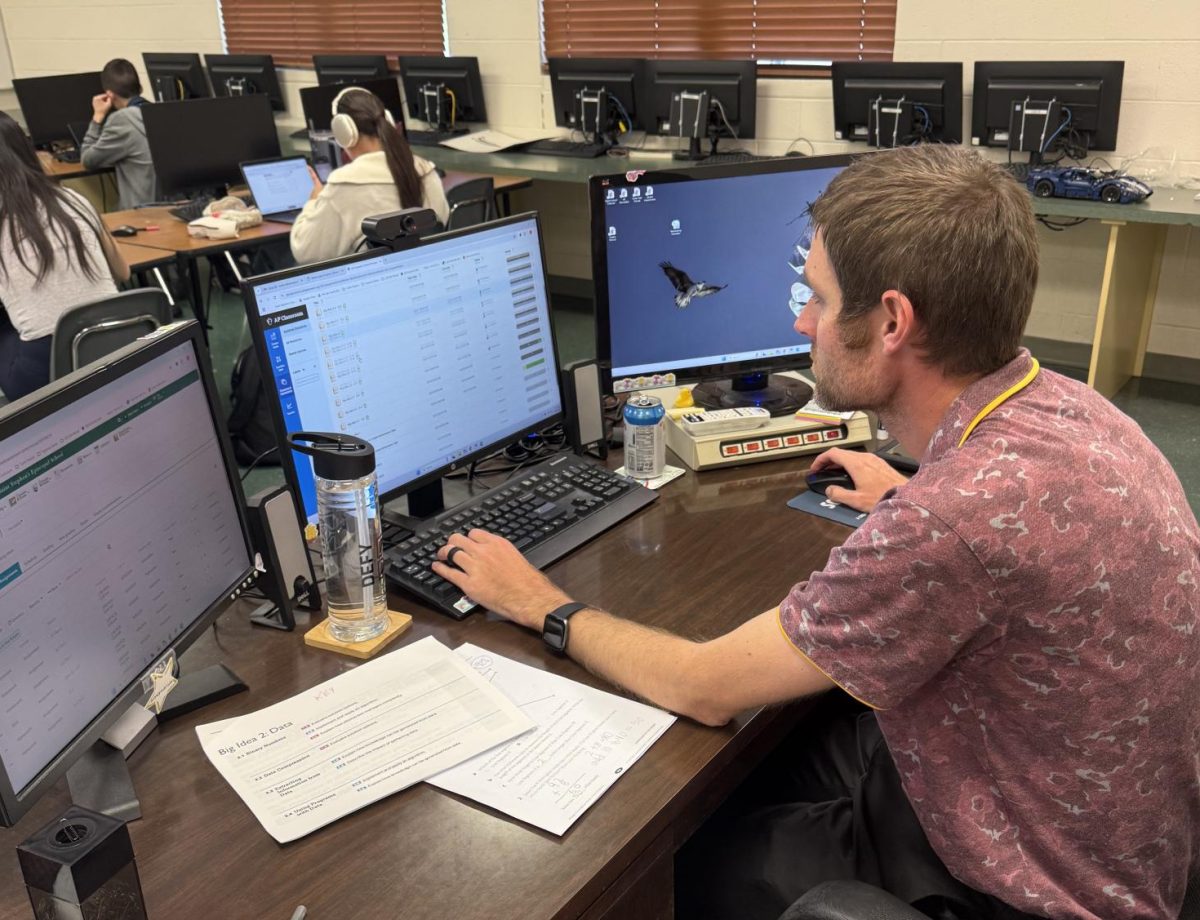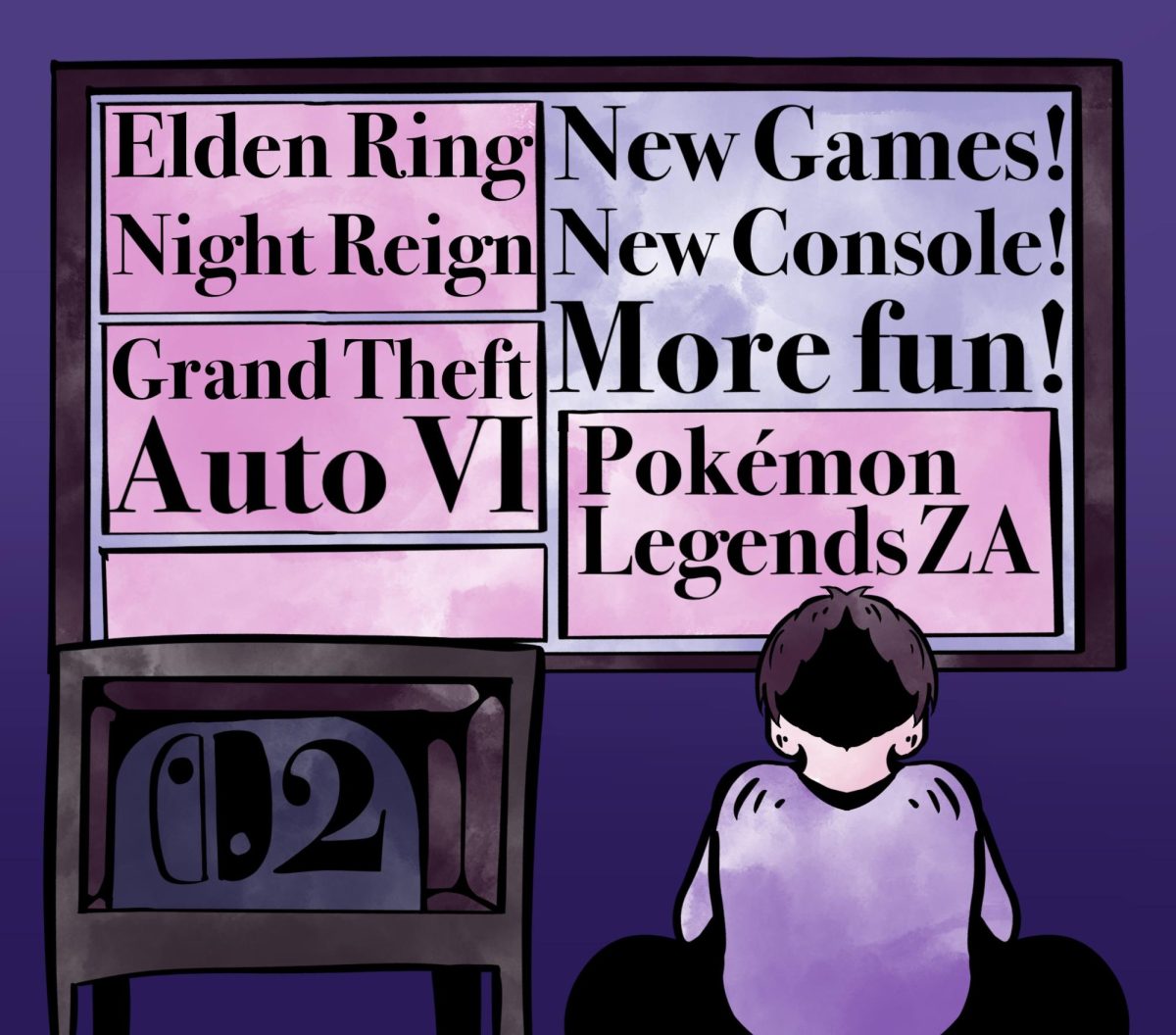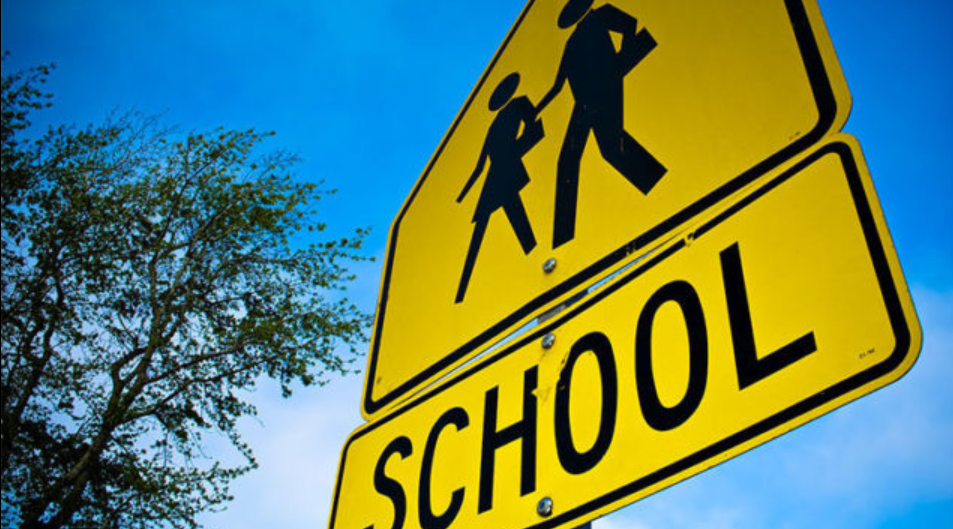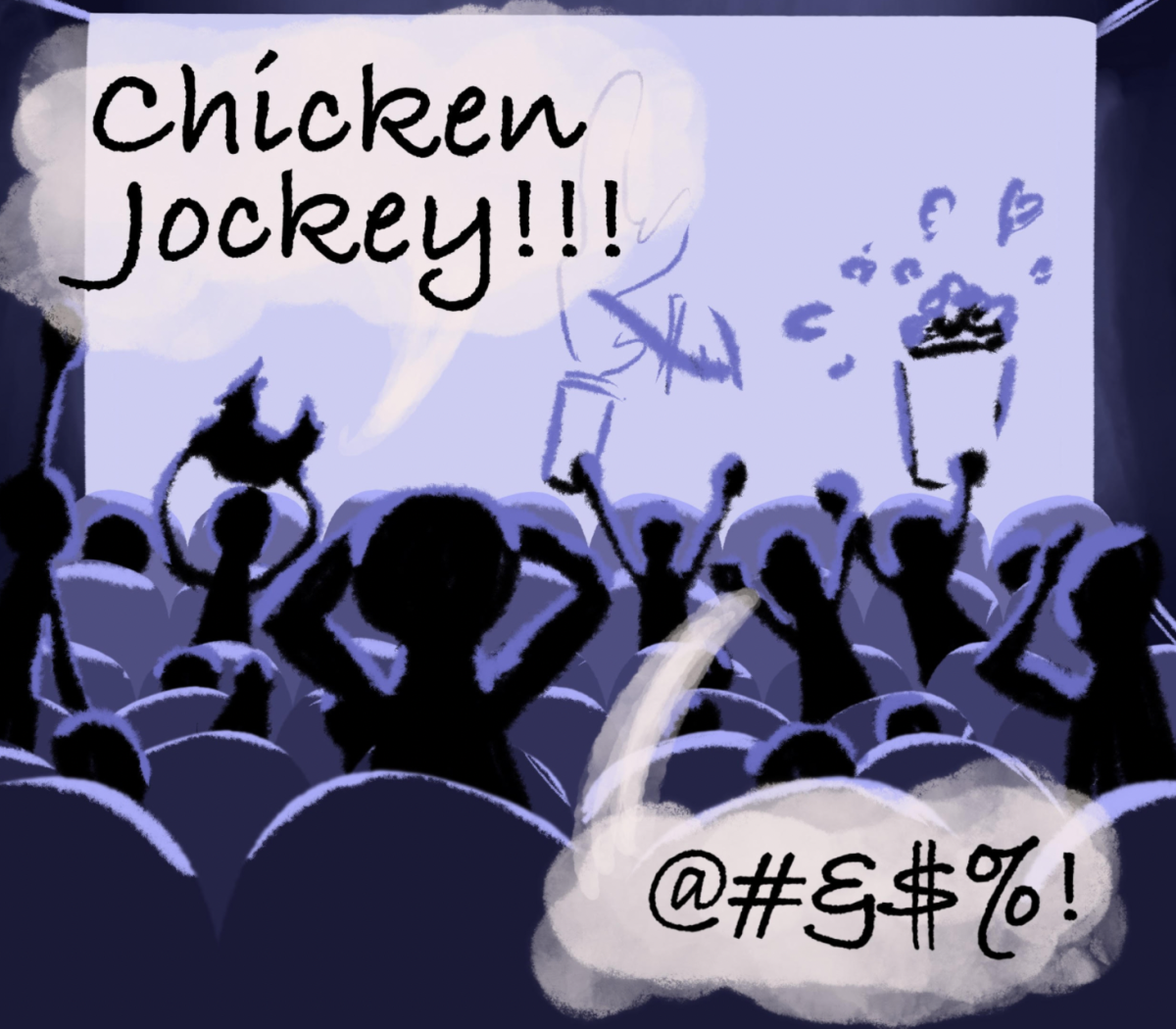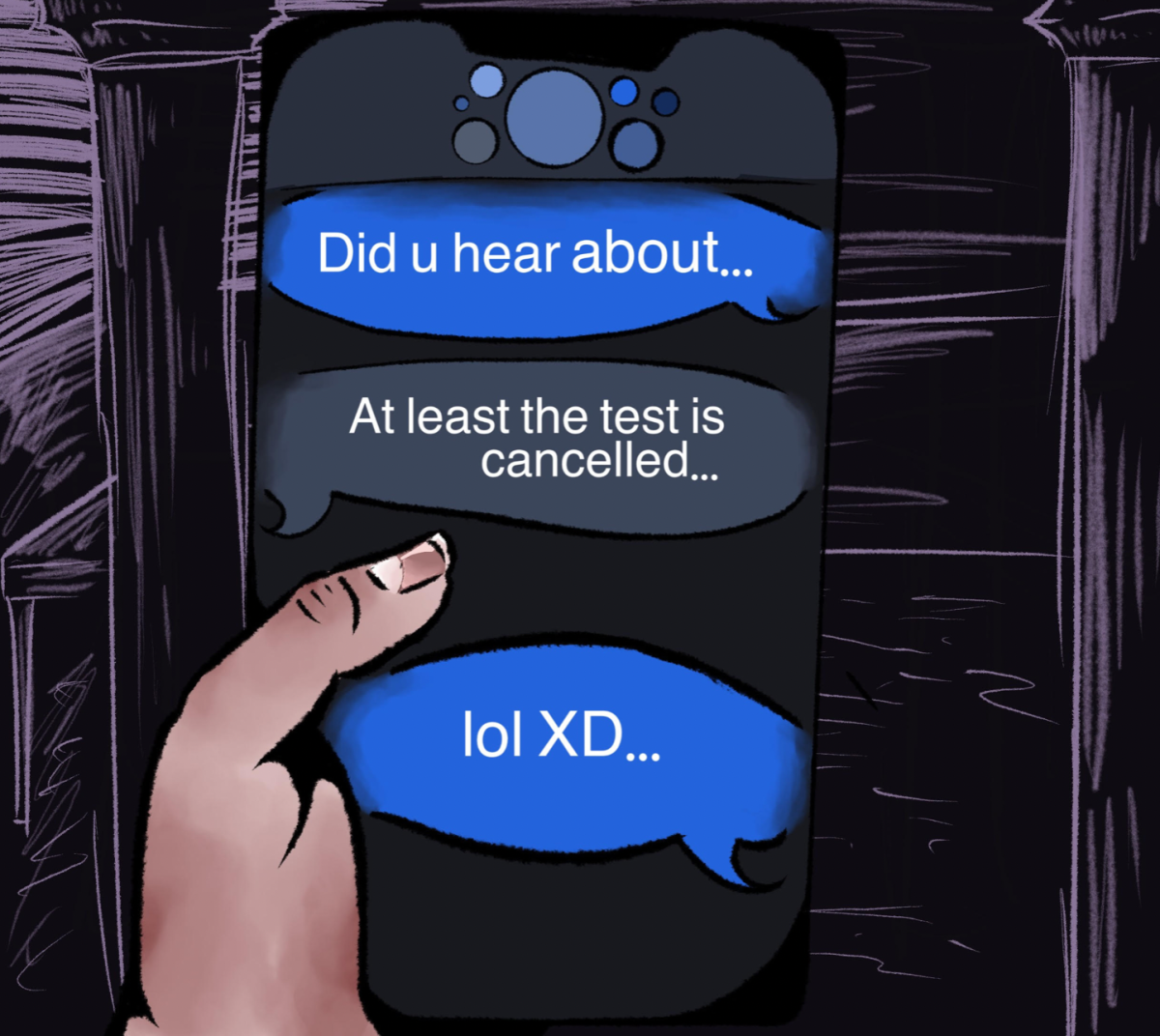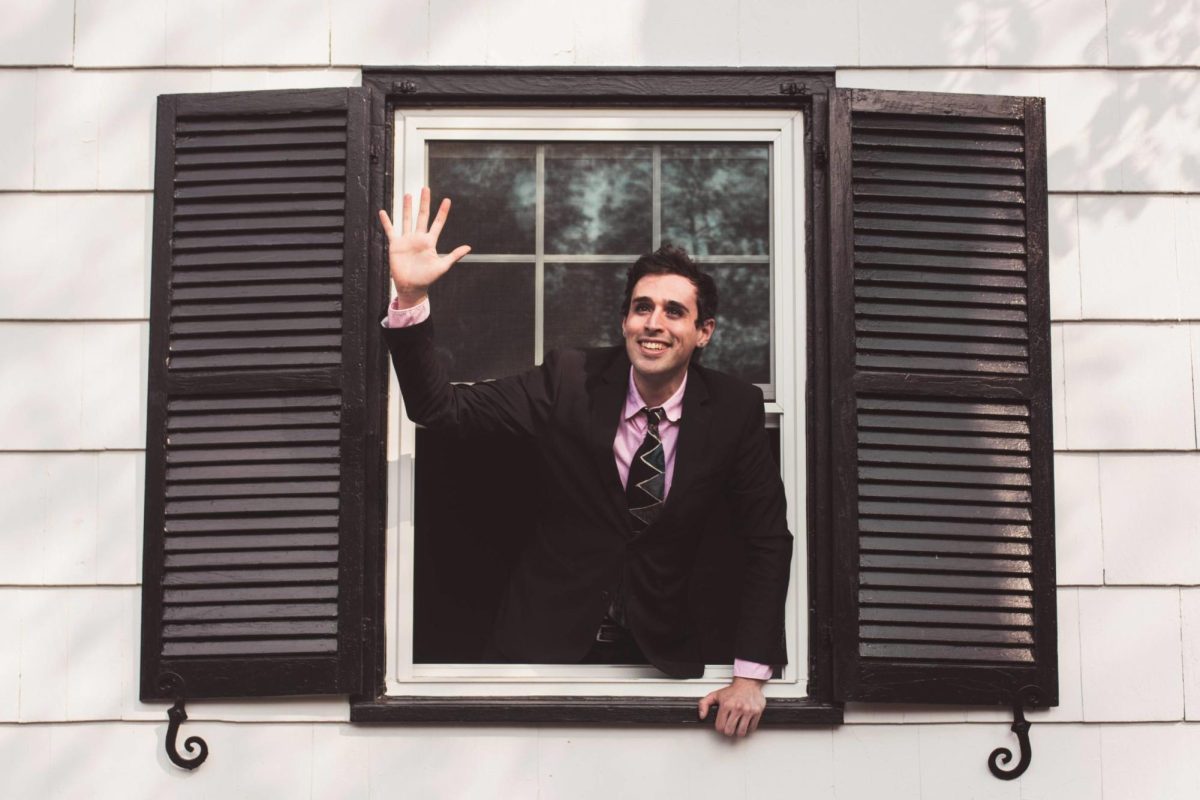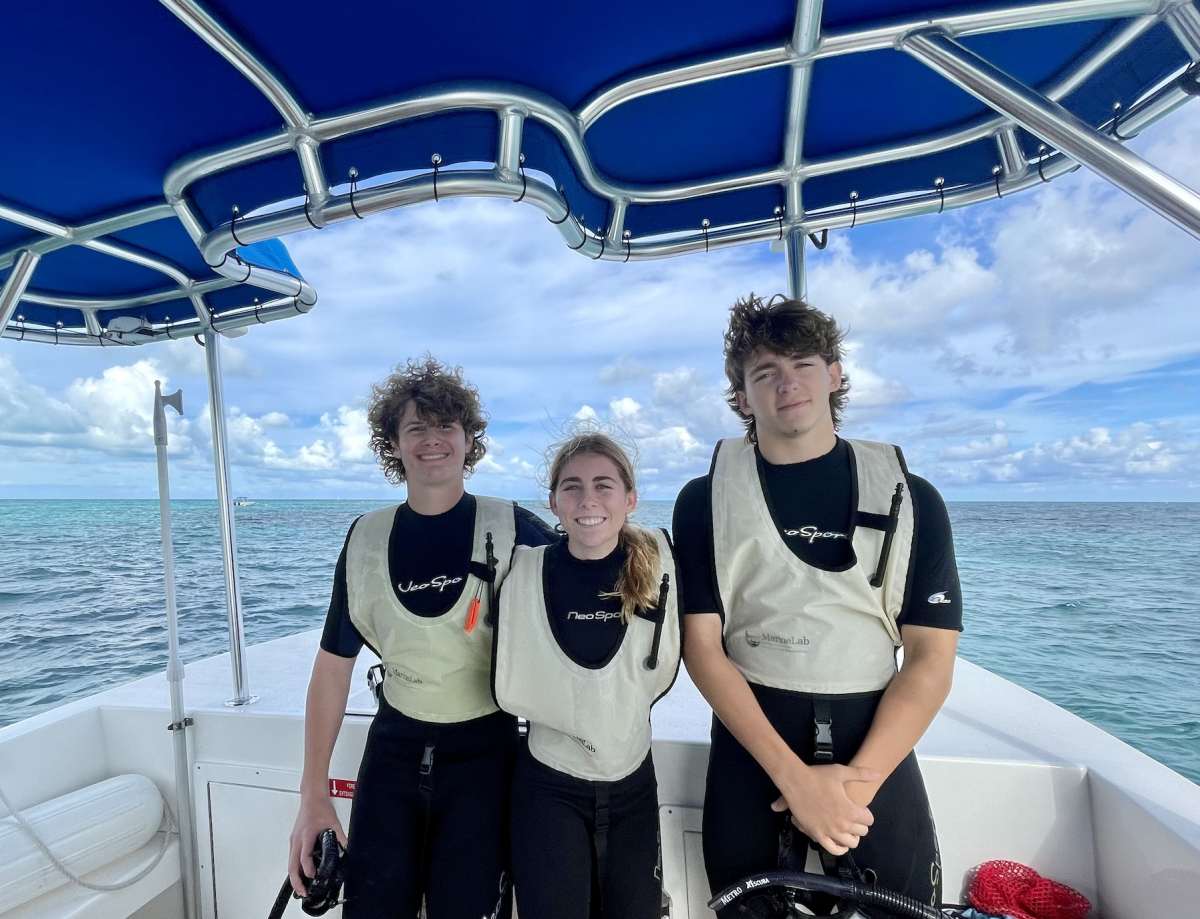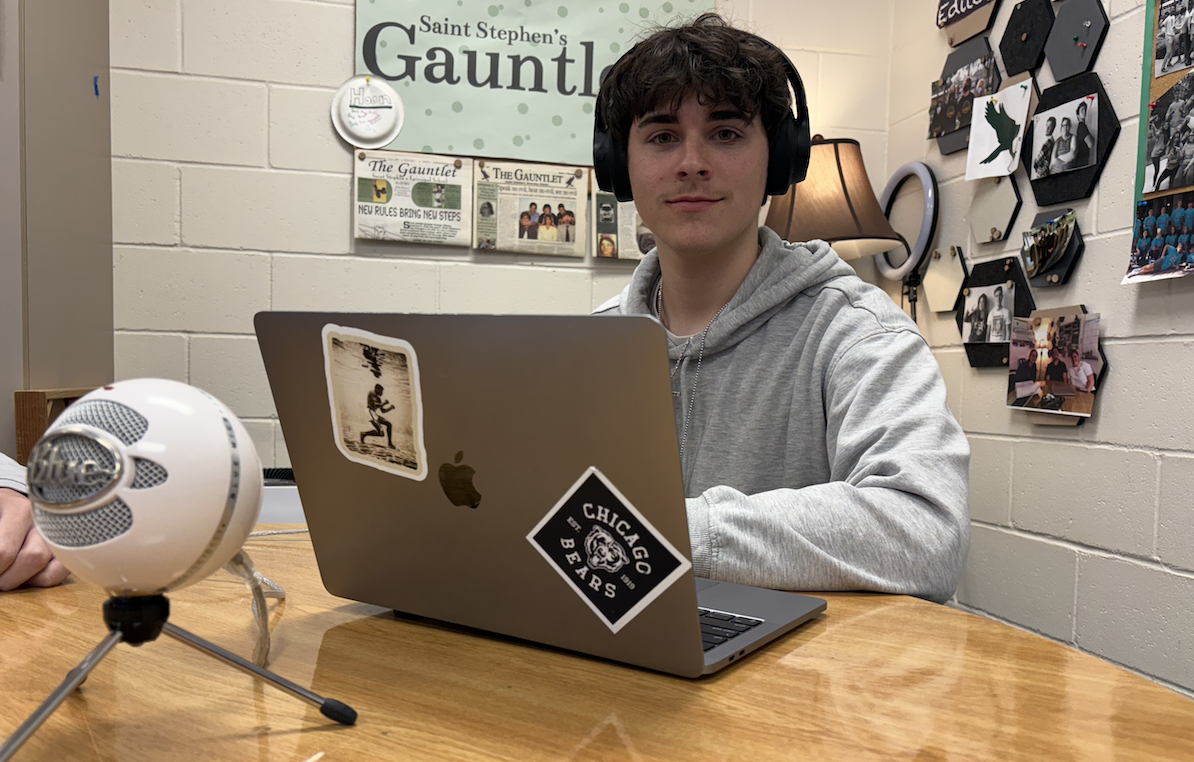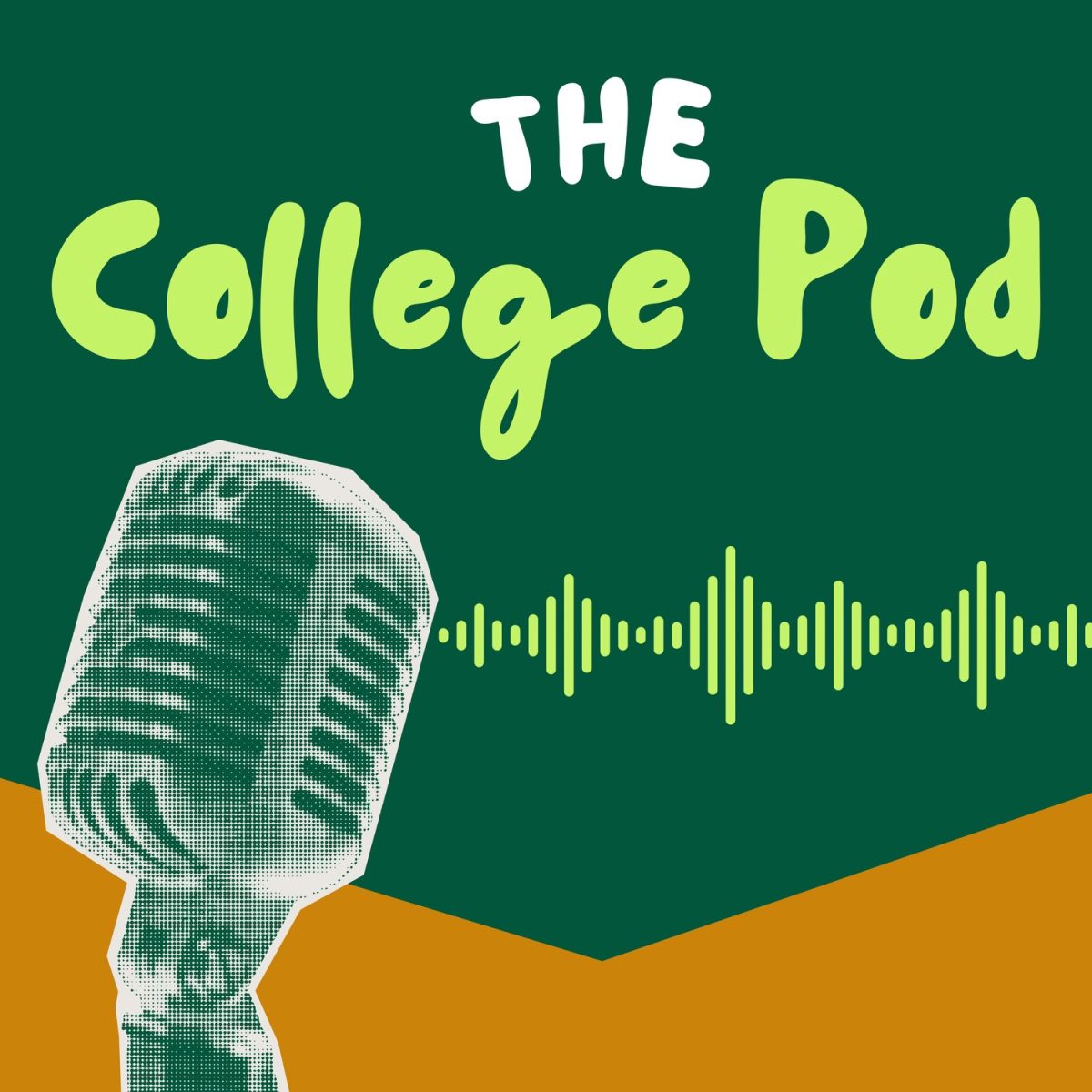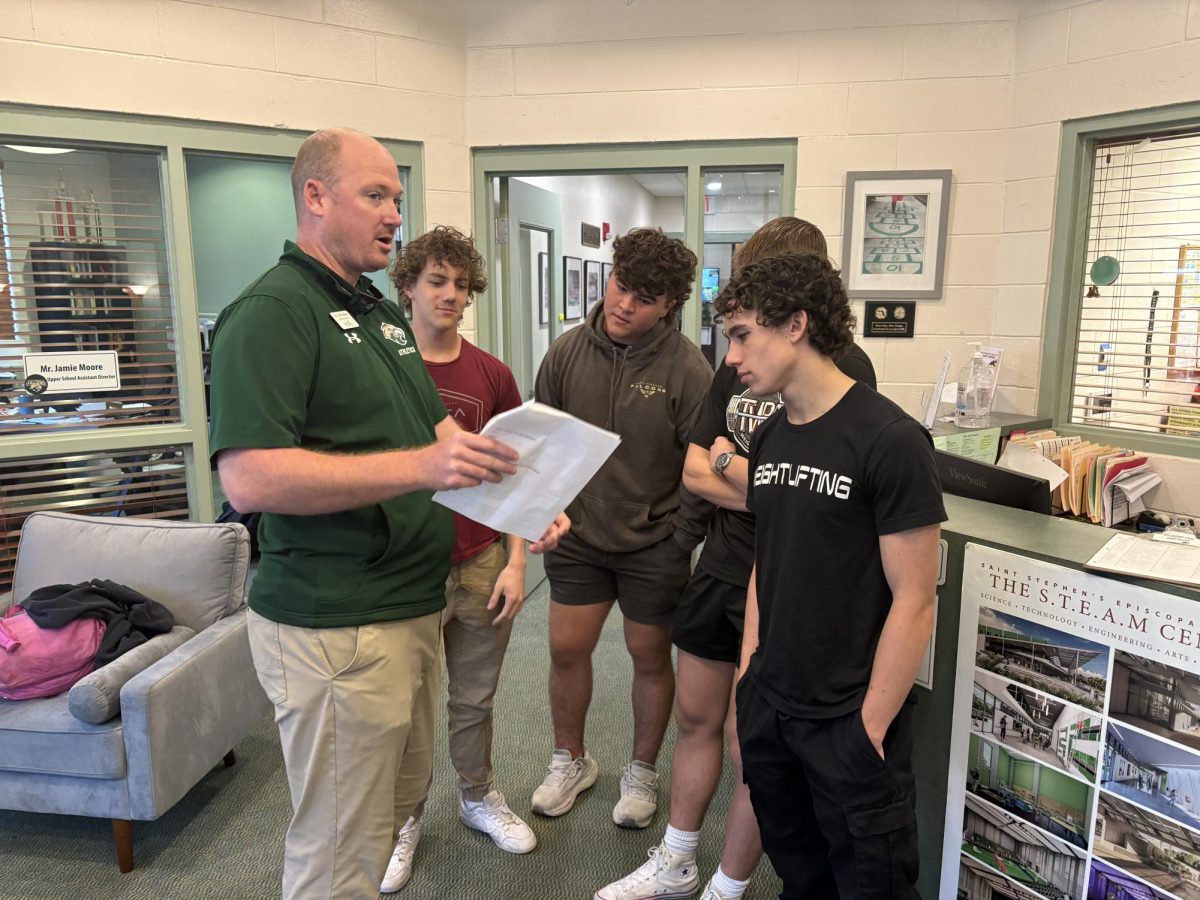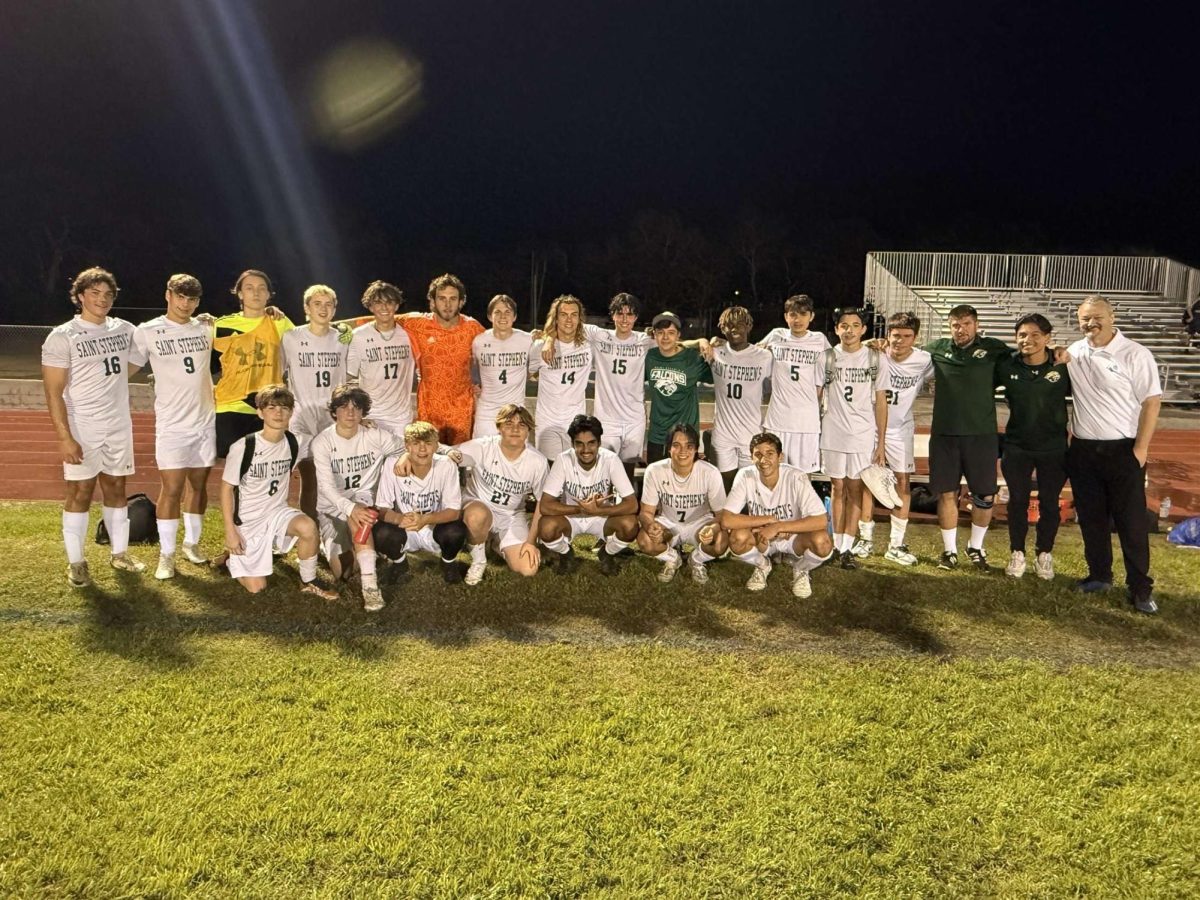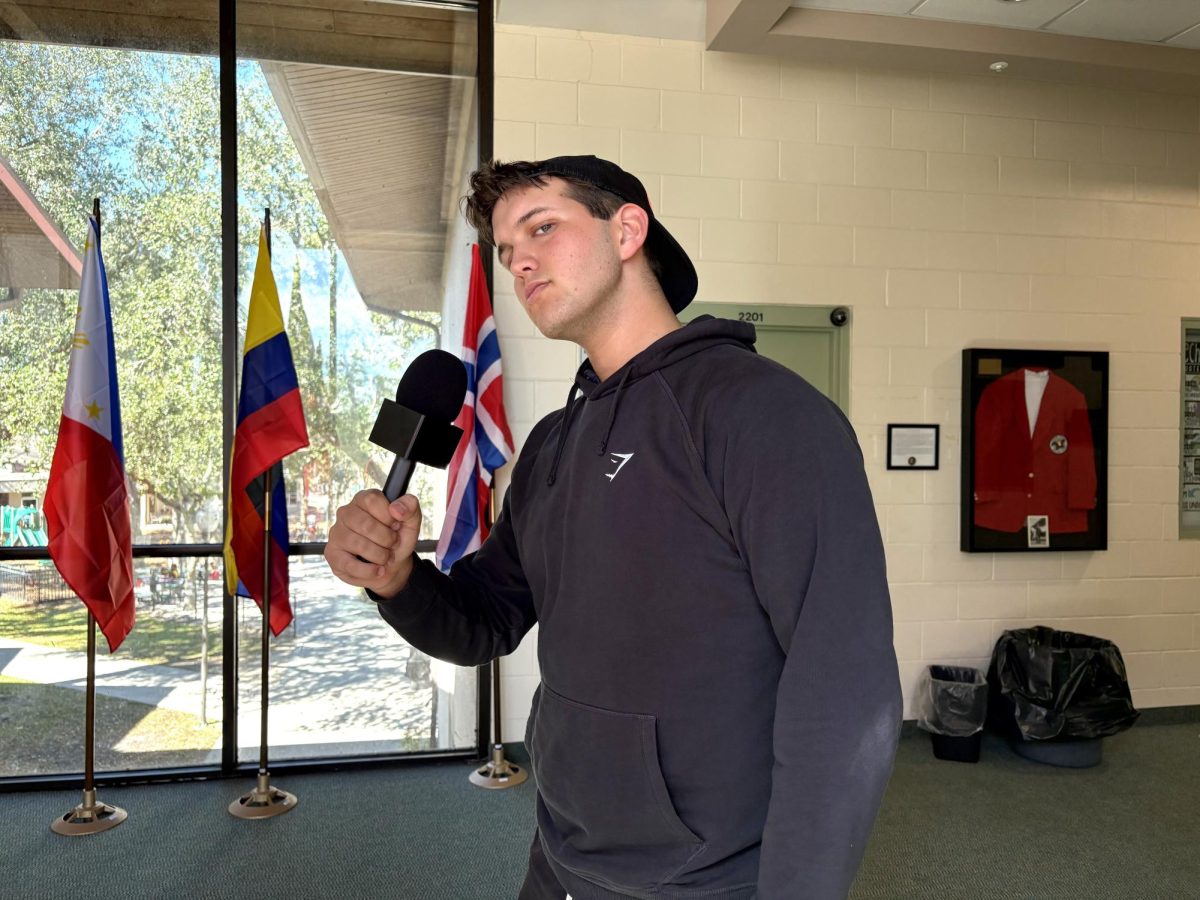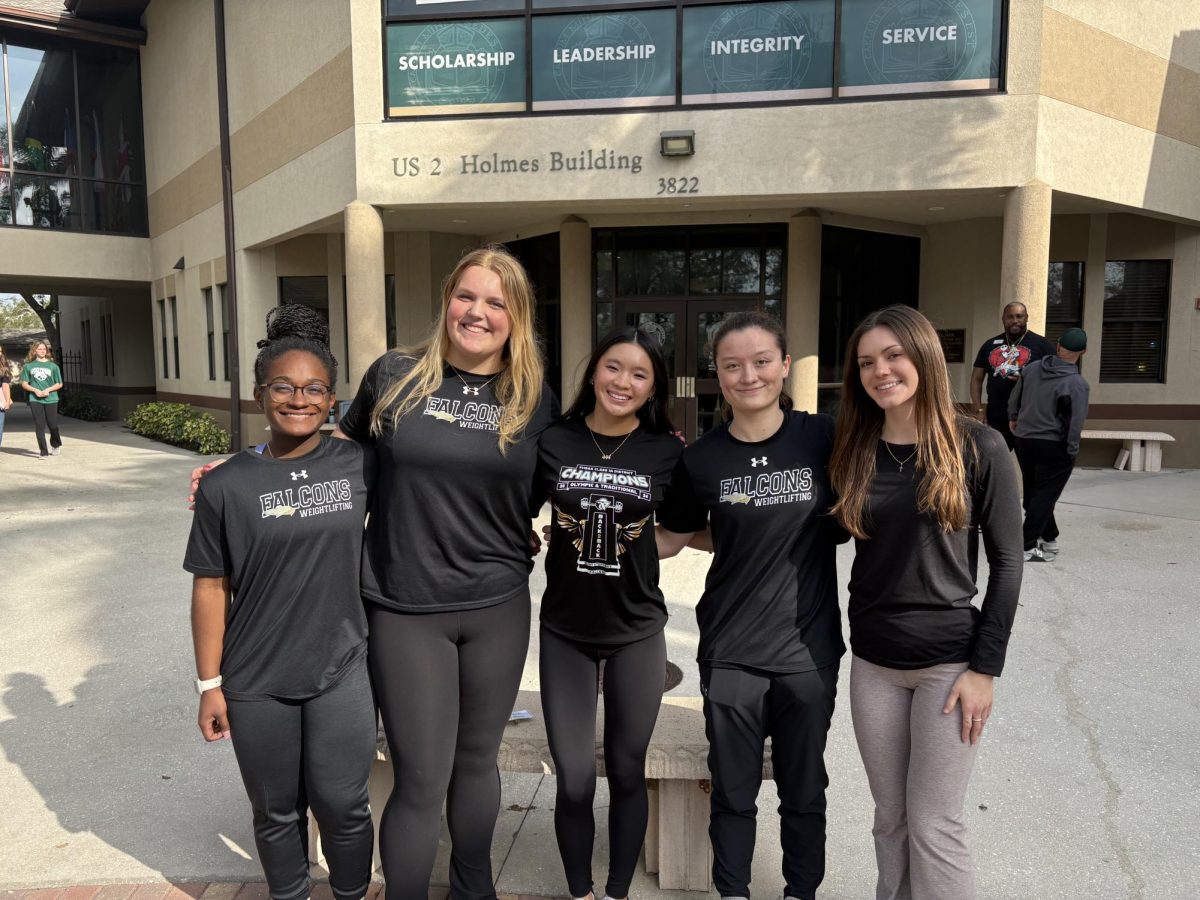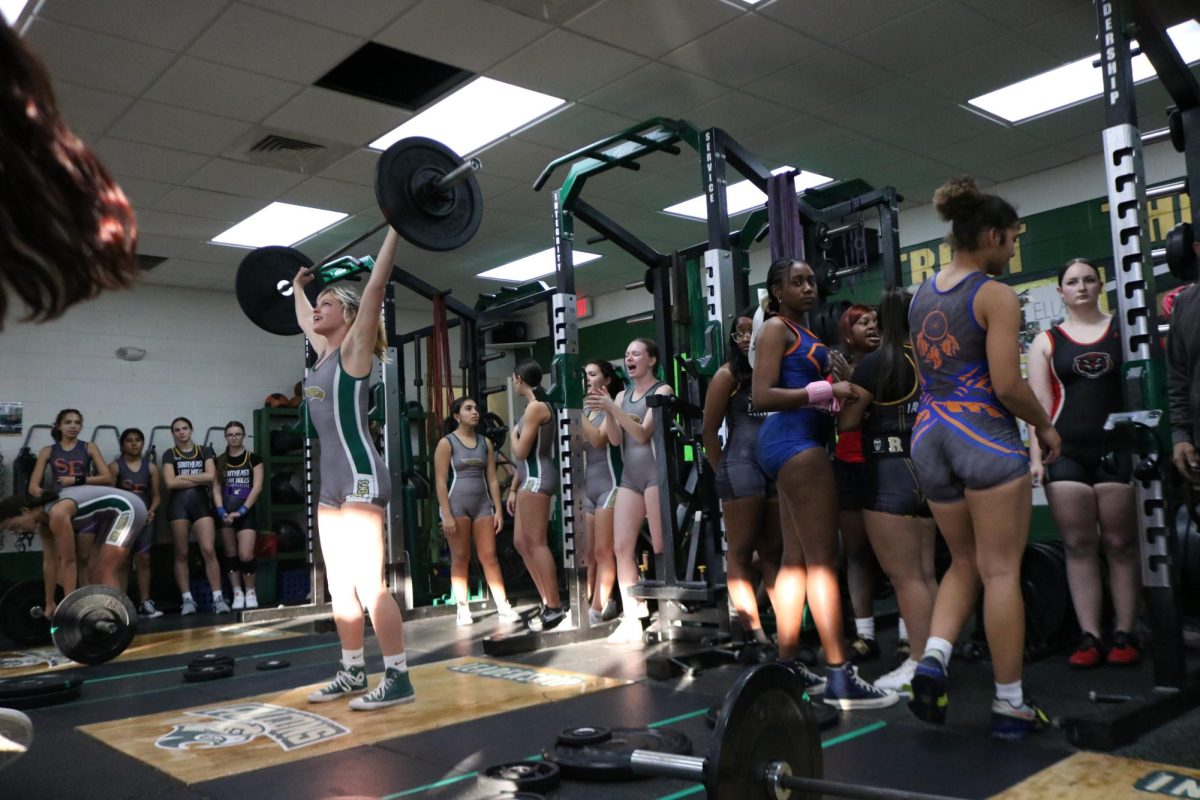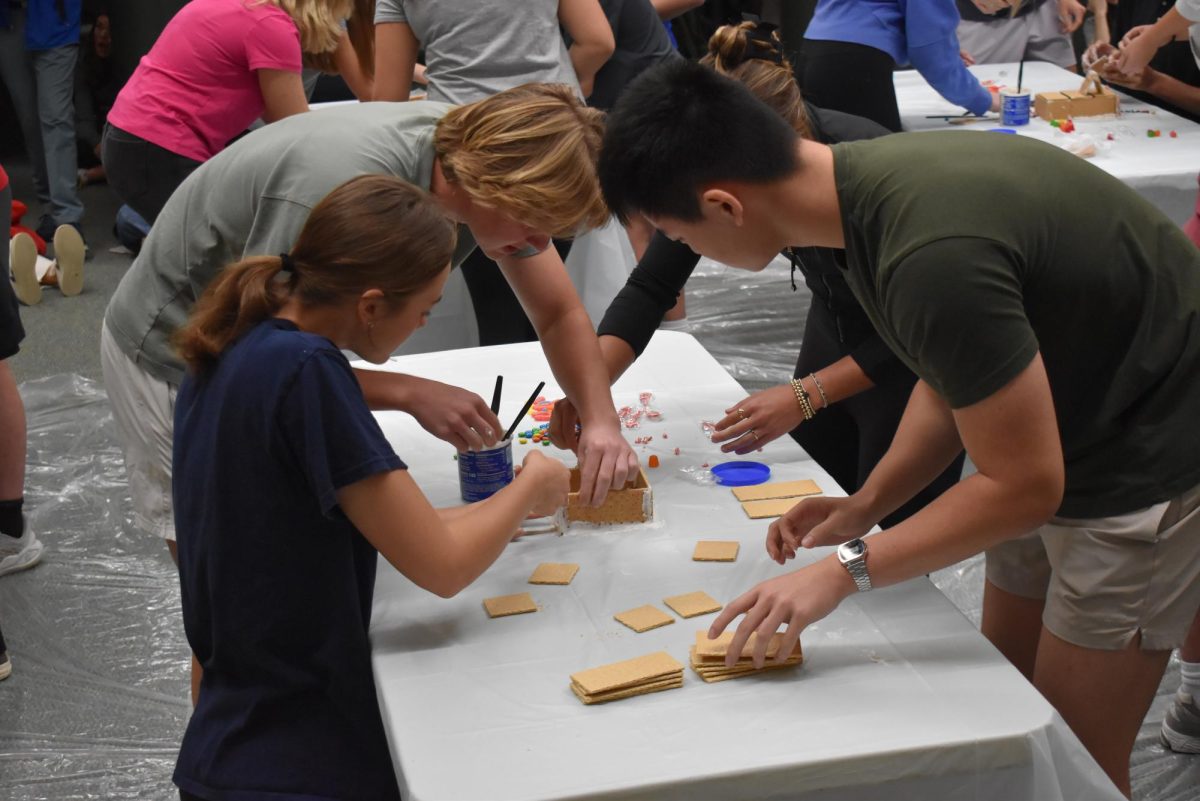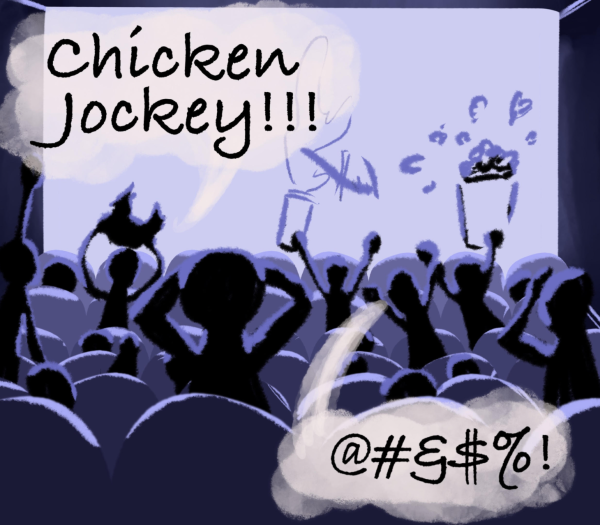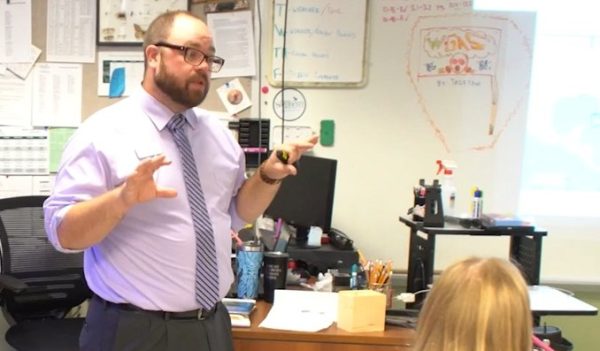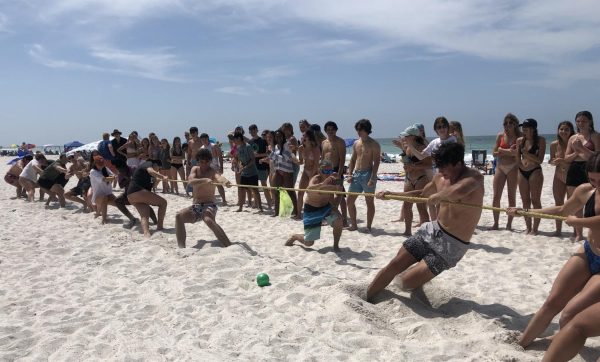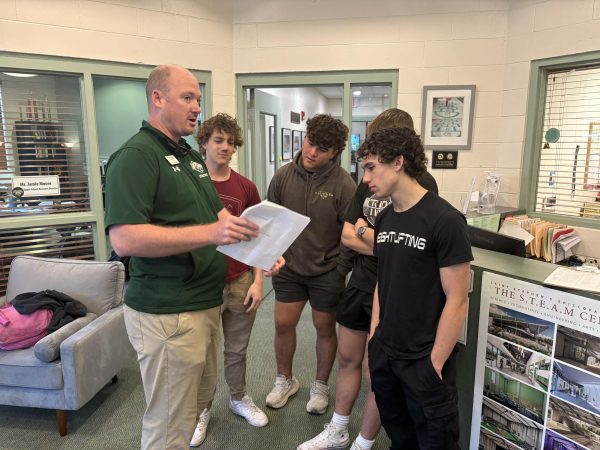The mental monster
Olivia Kerul discusses the ways in which school challenges the mental health of students in this guest Op-Ed
May 3, 2021
Schools are killing children. The mountains of homework, the pressure of grades, and the looming idea of preparation for college becomes just as effective of a weapon. The stresses of education continues to push more and more students to the brink, and suicide rates climb as curriculums become more competitive. Mental health advocates are becoming scared of the education’s lack of resources for students and the constant dismissal of serious disorders. Propositions of adding more mental health resources have circulated, but no clear verdict is being reached on whether they should be enforced. Are we okay with being the reason our kids want to die? Or should we be pushing for reform?
There has been a steady increase in students being diagnosed with mental health problems. Steven Reinberg from HealthDaily says 1:4 students are found with such problems and 20% of them have thought about suicide or have self-harmed. This number will only continue to climb if students are not promptly met with the resources they need. In such events of extreme isolation, seen during the current pandemic, mental health and school have clashed more than ever. Amid the COVID-19 pandemic, more emergency services have been called out to respond to the mental health crisis surrounding young teenagers. In Nevada there have been 3,100 alerts to district officials, and 18 students have taken their own lives. In a time of seclusion, there needs to be more watchful eyes. Schools should implement places of confidentiality or have full time counselors on hand. They need to be taught the signs of real issues and be on alert. They need to care.
Schools should make priorities to have counselors and understand students capabilities when it comes to work load. Teachers need to see their students as people rather than a number, another letter grade. Students feel that teachers“…presume to know what others are thinking and feeling…” and most times questioning feels like an …interrogation … in their most intimate, protected places”. Large public schools are the heart of such issues. They lack the control or work force to compete with the amount of kids present daily. Classes can have more than 25 kids and most schools have only one counselor on campus. If we miss the signs of real mental health issues, we begin to fail our kids, fail each other.
One of the main reasons schools are hesitant to add mental health resources, such as breaks or extended completion time, is that they fear students will abuse the privilege. And be that some may, it is still a beneficial time for students’ brains to not be in a hyper focused mode. It is crucial to not be overextended. Students have the time to learn academics and time to grow. However, if we don’t allow them, if we push piles of responsibility on them, we are bystanders to a crisis. Our students need to breathe. To live.

